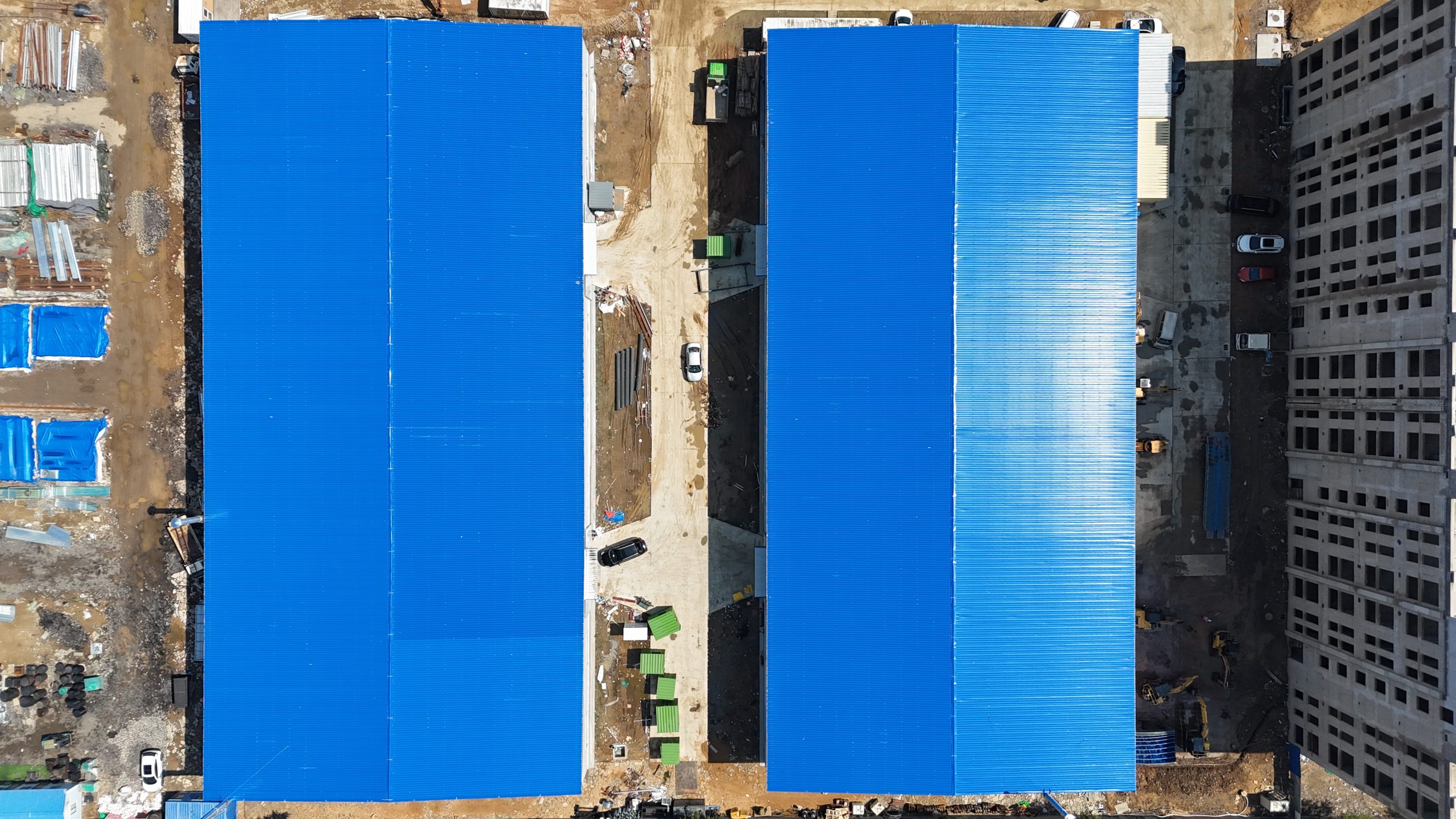Table of Contents
Wind Load Test: Importance and Procedures
Wind load testing is a critical aspect of designing large Steel Structures such as airport Terminals. The forces exerted by wind can have a significant impact on the structural integrity of a building, making it essential to conduct thorough testing to ensure the Safety and stability of the structure. In this article, we will explore the importance of wind load testing and the influence it has on the design of large steel structure airport terminals.
Wind load testing is essential for determining the amount of force that will be exerted on a structure by wind. This information is crucial for engineers and architects to design a building that can withstand these forces and remain stable in all weather conditions. The testing process involves simulating different wind speeds and directions to assess how the structure will respond to varying wind loads.
One of the key reasons why wind load testing is so important is that it helps to prevent structural failures. By understanding how a building will react to wind forces, engineers can make informed decisions about the design and construction of the structure to ensure its safety and longevity. Without proper testing, a building may be at risk of collapsing or sustaining damage during high winds, putting the lives of occupants at risk.

The procedures involved in wind load testing are complex and require specialized equipment and expertise. Engineers use wind tunnels to simulate different wind conditions and measure the forces exerted on the structure. These tests can help to identify potential weak points in the design and make necessary adjustments to improve the building’s resistance to wind loads.
In the case of large steel structure airport terminals, wind load testing is particularly important due to the size and height of these buildings. The tall, open spaces of an airport terminal are more susceptible to wind forces, making it essential to conduct thorough testing to ensure the structure’s stability. By understanding how wind will affect the terminal, engineers can design a building that can withstand even the strongest winds.
The results of wind load testing can have a significant influence on the design of a large steel structure airport terminal. Engineers may need to make adjustments to the building’s shape, materials, or structural elements to improve its resistance to wind loads. This could involve adding additional support beams, changing the angle of the roof, or using stronger materials to enhance the building’s stability.
In conclusion, wind load testing is a critical aspect of designing large steel structure airport terminals. By understanding how wind forces will affect the building, engineers can make informed decisions about the design and construction of the structure to ensure its safety and stability. The procedures involved in wind load testing are complex and require specialized equipment and expertise, but the results can have a significant impact on the final design of the terminal. By conducting thorough testing and making necessary adjustments, engineers can create a building that can withstand even the strongest winds and provide a safe and secure Environment for passengers and staff.
Design Influence of Large Steel Structure Airport Terminal: Factors to Consider
Wind load testing is a critical aspect of designing large steel structures such as airport terminals. The design of these structures must take into account the forces exerted by wind to ensure the safety and stability of the building. Wind load testing involves subjecting the structure to simulated wind conditions to determine how it will perform under different wind speeds and directions.
One of the key factors that influence the design of large steel structure airport terminals is the location of the terminal. The wind conditions at the site of the terminal will play a significant role in determining the design requirements. For example, terminals located in coastal areas or regions prone to high winds will need to be designed to withstand stronger wind forces compared to terminals in more sheltered locations.
In addition to the location of the terminal, the height and shape of the structure will also influence the wind load requirements. Taller structures will be more susceptible to wind forces and will require additional reinforcement to ensure stability. The shape of the terminal can also impact wind loads, with more aerodynamic designs experiencing lower wind forces compared to boxy or irregularly shaped structures.
The materials used in the construction of the terminal will also play a role in determining the wind load requirements. Steel is a common material used in the construction of airport terminals due to its strength and durability. However, the design of the steel structure must take into account the specific properties of the material and how it will respond to wind forces.
Wind load testing is essential in determining the design requirements for large steel structure airport terminals. By subjecting the structure to simulated wind conditions, engineers can assess how the terminal will perform under different wind speeds and directions. This information is crucial in ensuring the safety and stability of the terminal, as well as optimizing the design to minimize construction costs.
In conclusion, wind load testing is a critical aspect of designing large steel structure airport terminals. Factors such as the location, height, shape, and materials used in the construction of the terminal will all influence the wind load requirements. By conducting thorough wind load testing, engineers can ensure that the terminal is designed to withstand the forces exerted by wind and provide a safe and stable environment for passengers and staff.
